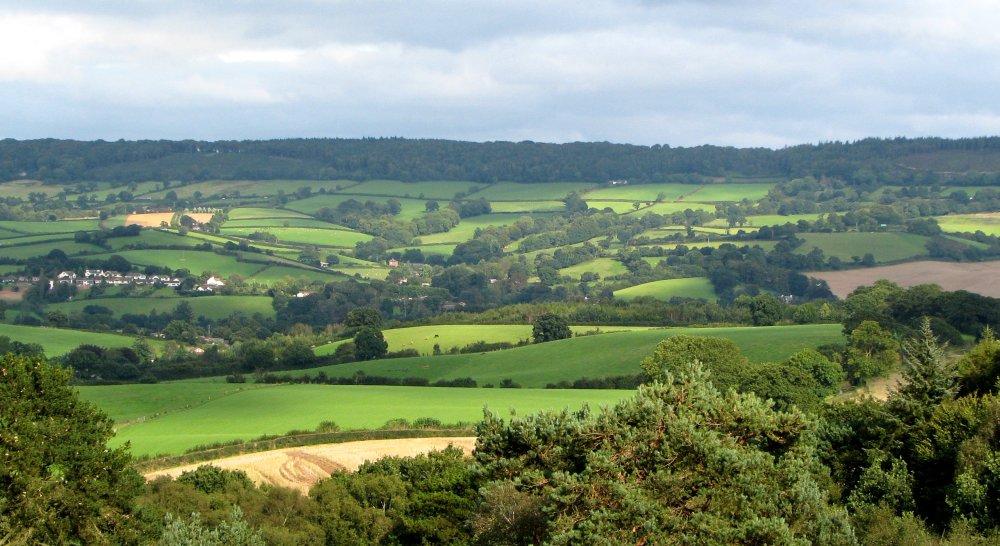
Help Our Hedgerows!
Mention hedging and many people will think of garden chores and neighbourhood boundaries, without realising the extent and value of our county's field margins. These long rows of bushes, often interspersed with trees, divide up our landscape, preventing livestock from wandering and defining parishes and estates. Historic or ancient hedgerows may date back to medieval times or more recent 19th-century enclosure - but why are they important?
Hedgerows, usually a mix of native tree and shrub species, provide a rich larder for wildlife. Think of the nectar-rich blossom of hawthorn and blackthorn buzzing with pollinating insects in early spring. Banks and ditches fill with flowers loved by butterflies such as the rare black and brown hairstreaks, purple emperor and pearl-bordered fritillary, using them for nectar or to lay their eggs. Hazel and oak share their autumn fruit with many birds and mammals before the winter sets in.
Mammals like the European-protected hazel dormouse, bank vole, harvest mouse and hedgehog nest and feed in hedgerows. Many of our favourite songbirds choose a thick hedge to nest in. Bats, such as the Greater Horseshoe and Natterer's bats, use them as green ‘commuter routes' for foraging and roosting. In fact, these routes provide links across the countryside, through which many species may move and populations spread.
Yet, it doesn't end with food and shelter for our beloved wildlife. Hedgerows can also improve their environment by preventing soil erosion, capturing pollutants such as fertilisers and pesticides running off fields, storing carbon to help combat climate change, and providing homes for predators of many pest species.
Unfortunately, the post-war shift towards agricultural intensification saw a great reduction in hedgerows, with the creation of larger fields for increased mechanisation, housing development for growing populations and a severe lack of proper management. Many of Kent's hedgerows are in poor condition because of the excessive use of fertilisers and pesticides in intensive farming, a decline in traditional management techniques like hedge-laying, and general neglect has left straggly, unhealthy hedges. The 1995 Kent Wildlife Habitat Survey estimated that the survival of 1,144 km of ancient &/or species-rich hedgerow in the county depends on positive management and restoration.
This positive management of hedgerows has gathered momentum in recent years. Over the coming 4 years, Heritage Lottery-funded project Old Chalk New Downs, with the help of a small army of volunteer surveyors, will assess the health of much of this precious habitat. Grants will be available to landowners to restore their hedgerows and training in essential traditional skills such as hedge laying will be available to community volunteers. Could you be a Hedgerow Hero? Want to know more? If so, take a look at our website http://www.oldchalknewdowns.org.uk/maps or contact OCND@kent.gov.uk

 Sweet flower! Of all that bloom by hill or glen Through smiling Kent, there’s none I love like thee For thour’st the truest type of true born men
Hardy unbought, untamable and free...”
Sweet flower! Of all that bloom by hill or glen Through smiling Kent, there’s none I love like thee For thour’st the truest type of true born men
Hardy unbought, untamable and free...”